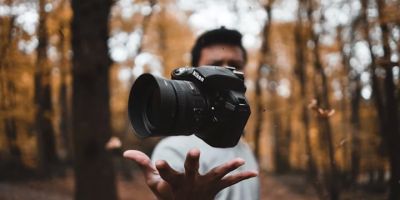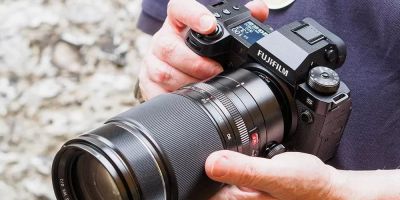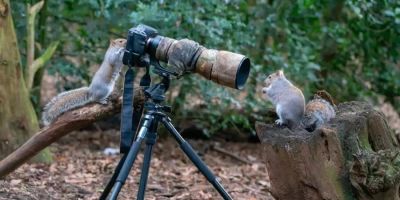- 1-Understanding-the-Importance-of-a-Tripod-in-Landscape-Photography
- 2-Key-Features-to-Consider-When-Choosing-a-Tripod
- 3-Material-and-Weight-Considerations-for-Landscape-Tripods
- 4-Stability-and-Load-Capacity-for-Professional-Shots
- 5-Portability-and-Setup-Ease-for-Outdoor-Shooters
- 6-Real-Life-Experiences-and-Recommendations-from-Photographers
1. Understanding the Importance of a Tripod in Landscape Photography
A tripod is a fundamental tool for landscape photographers who seek sharp, well-composed images. It provides the necessary stability to capture long exposures, HDR images, and panoramic shots where even the slightest movement can ruin the photo. Without a reliable tripod, achieving the desired image quality can be challenging, especially in low-light conditions such as dawn or dusk.
Many beginner photographers underestimate the tripod’s impact, but seasoned professionals consider it as important as the camera lens itself. Investing time in choosing the right tripod can elevate your photography significantly.
2. Key Features to Consider When Choosing a Tripod
When selecting a tripod for landscape photography, several key features demand attention. First, examine the tripod’s height range, ensuring it can accommodate your preferred shooting angles comfortably. A tripod that extends sufficiently high or collapses low for ground-level shots offers greater creative flexibility.
Next, consider the tripod head type—ball heads offer quick adjustments, while pan-tilt heads provide precise control. The locking mechanisms should be robust to prevent slippage. Additionally, features like a removable center column or hook for adding weight can enhance stability on uneven terrain.
3. Material and Weight Considerations for Landscape Tripods
The tripod’s material affects both weight and durability. Aluminum tripods are affordable and sturdy but heavier, which might be a drawback during long hikes. Carbon fiber tripods, though more expensive, provide excellent strength-to-weight ratio, making them ideal for photographers who travel extensively.
Balancing weight and robustness is crucial since landscape photographers often carry their gear across challenging environments. Considering your travel style helps narrow down the best tripod material.
4. Stability and Load Capacity for Professional Shots
Stability is paramount when capturing detailed landscape shots. A tripod must support your camera and any additional accessories like telephoto lenses or filters without wobbling. Check the load capacity ratings, aiming for a tripod that exceeds your heaviest equipment weight.
Tripods with wider leg angles and rubberized feet enhance grip on rocks, grass, or wet surfaces, reducing shake and improving image sharpness. Some models include spiked feet for extra traction in rugged terrain.
5. Portability and Setup Ease for Outdoor Shooters
For landscape photographers who hike or travel, portability is a deciding factor. Lightweight, compact tripods that fold down small enough to fit in backpacks enable spontaneous shooting opportunities without the burden of heavy gear.
Quick setup mechanisms, such as lever locks or twist locks, save valuable time and reduce frustration in changing light conditions. Look for designs that balance ease of use with structural integrity.
6. Real-Life Experiences and Recommendations from Photographers
Photographer Alex shares his journey choosing a tripod: “I initially bought a heavy aluminum tripod but found it exhausting on multi-day hikes. Switching to a carbon fiber model drastically improved my mobility, and the stability allowed me to shoot crisp star trails in remote locations.”
Meanwhile, Maria, a landscape enthusiast, emphasizes the importance of a reliable head: “My pan-tilt head gave me precision I couldn’t achieve with a ball head. It helped me compose complex panoramic shots perfectly.”
Stories like these highlight the importance of evaluating personal shooting styles and priorities. For tailored recommendations and the best tripod options, Photo Studio offers a comprehensive selection and expert advice to help you find the perfect match for your landscape photography needs.





